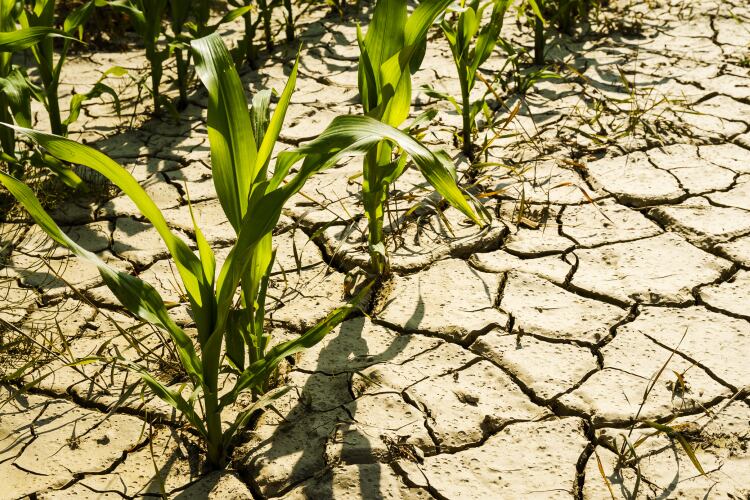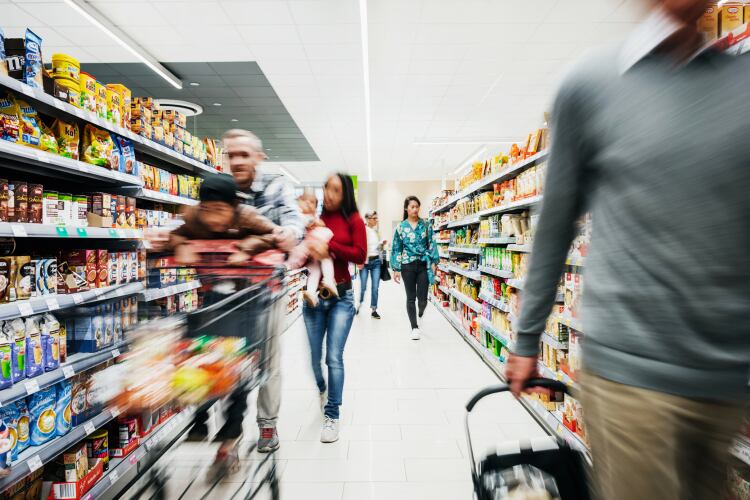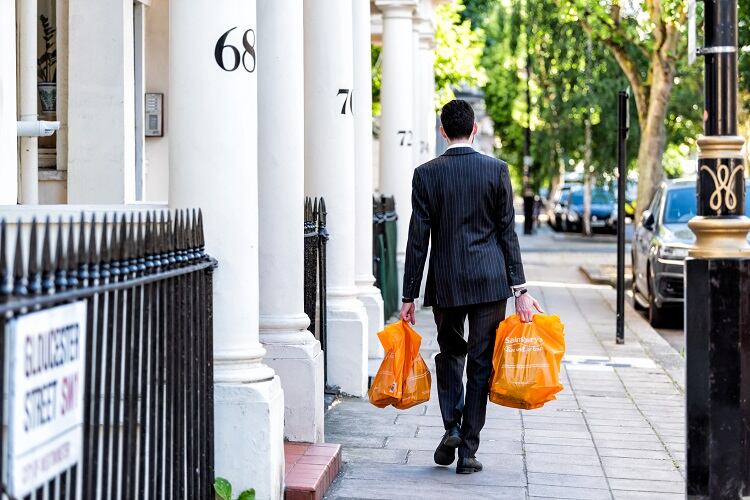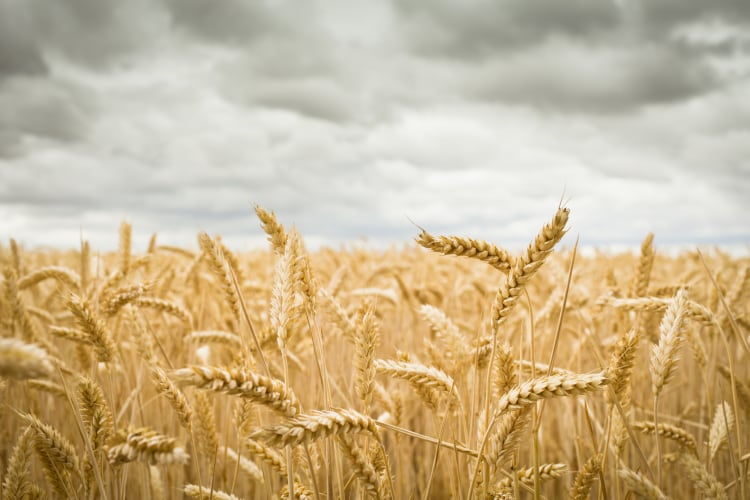Many parts of Europe have seen long periods of dry weather combined with record temperatures.
Heat waves, water shortages and wildfires have particularly hit southern, western and central Europe. Even typically more temperate climates like the UK have seen the mercury rise and rainfall dry up. Across the east of the country, the last significant rainfall was seen on the weekend marking the Queen’s jubilee in the spring.
The British Growers Association has warned that vegetable supplies will be ‘severely disrupted’ despite a positive start to the season earlier in the year.
“Volume-wise, there is going to be less crop,” British Growers CEO Jack Ward warned. “It is quite a desperate situation and growers across Europe are facing similar problems.”
The implications of the current situation will be felt well into 2023, Ward told FoodNavigator. “We’re now planting new crops to harvest from December to March 2023. Cauliflower, cabbage and Brussels sprouts are going in the ground in these conditions… And at the start of 2023, when you’d expect lots of produce [in UK supermarkets] to come from Spain, that will be impacted by the conditions they are facing today.”
Reports from Spain suggest the situation there is dire.
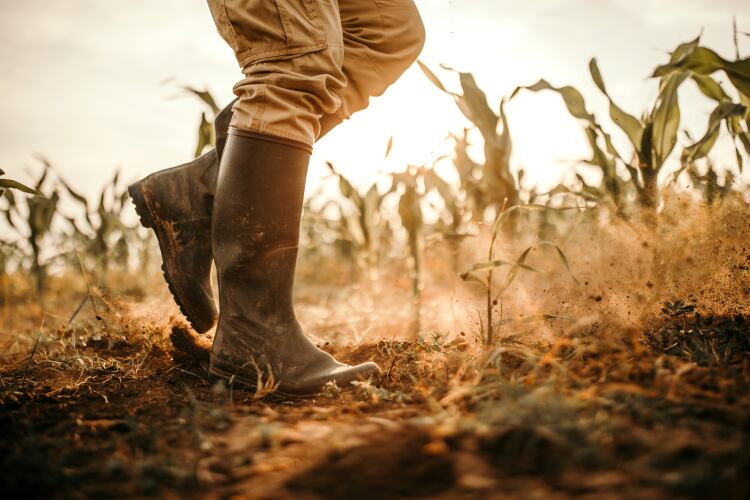
According to the Union of Small Farmers and Ranchers (UPA) ‘Spain is burning’ as wildfires wreak havoc on the environment and disrupt production, with a heavy cost in terms of both economic impact and human life (one of its members, a rancher, has died in this year’s fires). "There are ranchers, farmers and beekeepers who have lost everything," the organisation pointed out.
It isn’t just growers that are impacted of course. Cattle ranchers, for instance, are faced with a loss of pastures and spiking prices of animal feed, exasperated by Russia’s invasion of Ukraine. Grain production is under pressure and harvesting has become challenging with sparks from combine harvesters likely to start fires in arid fields. Warnings have been issued that the Spanish olive harvest is down, prompting fears of rising prices and limited availability. Local producers are already reporting a loss of yield of between 70% and 90%.
Current mitigation is 'reactive' and 'limited'
What is the solution?
New research from the University of Zurich suggests that more systematic risk assessment is needed. The analysis, published in PLOS Climate, shows that today’s adaptation measures taken against extreme heat and drought events are mostly reactive and of limited scope.
Laura Niggli, first author of the study, describes an ‘interconnected web’ of interests impacted by extreme weather, which she said can have a cascading affect. “Simultaneous weather extremes are potentially capable of destabilizing entire societally-important systems, such as global trade,” Niggli warned.
The researchers make the case that in the future, risk assessment should systematically consider the interconnectedness of sectors and systems to improve the adaptability and resilience. “This is especially important as in the future we are likely to see unprecedented, combined extreme events with cascading effects exceeding all previous historical cases. These effects need to be carefully analysed to support the planning of adaptive and reactive measures,” said UZH professor of geography Christian Huggel, who led the study.
Low returns blocking investment in water management
For Ward, it is vital that solutions are found in the near term to protect production levels and, ultimately, food security.
He believes the primary production sector can increase its resilience with investment in areas like irrigation and water storage and sees an appetite from growers to do so. “We need to make sure we have the most robust production system we can,” he said, noting that farmers need to prepare not only for heat and drought, but also excess rainfall, flooding and extreme cold.
But there is one big problem standing in the way of this investment: money.
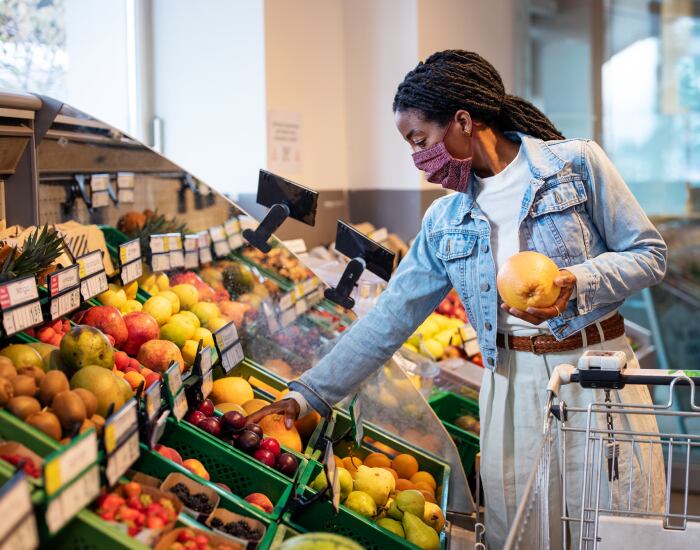
Returns on produce have dropped significantly, despite inflating input costs, we were told. Average agricultural cost inflation stands at 28%. Over the last 12 months, retail cost increases in excess of 20% have been seen in some categories, like dairy. But inflation in chilled veg stands at just 6.3%, which means that growers and retailers are, between them, absorbing some of the extra production costs in an already fragile industry.
“The sector is seriously challenged by returns which have been diminished by a race to the bottom in vegetable prices,” Ward reflected. Downward pricing pressure is the result of intense competition for market share among large supermarkets, who account for 90% of sales, the agriculture expert believes.
Weak returns are draining confidence out of the industry at a time when we need to be investing in vegetable production, he continued. Unless growers can see a way of securing viable returns for the risks they take in growing vegetables, they will turn to other lower risk options such as growing other less risky crops like wheat, sugar beet, energy crops or even converting more land to solar farms, he suggested.
“Growers have delivered fantastic value for consumers. But it's got to a point where prices are unrealistically low and need to reflect the true cost of production and the need to reinvest in farms [to build resilience]… If there was money to invest, we’d see increased investment in water storage and management.”
Source
‘Towards improved understanding of cascading and interconnected risks from concurrent weather extremes: Analysis of historical heat and drought extreme events’
PLOS Climate
DOI: 10.1371/journal.pclm.0000057

